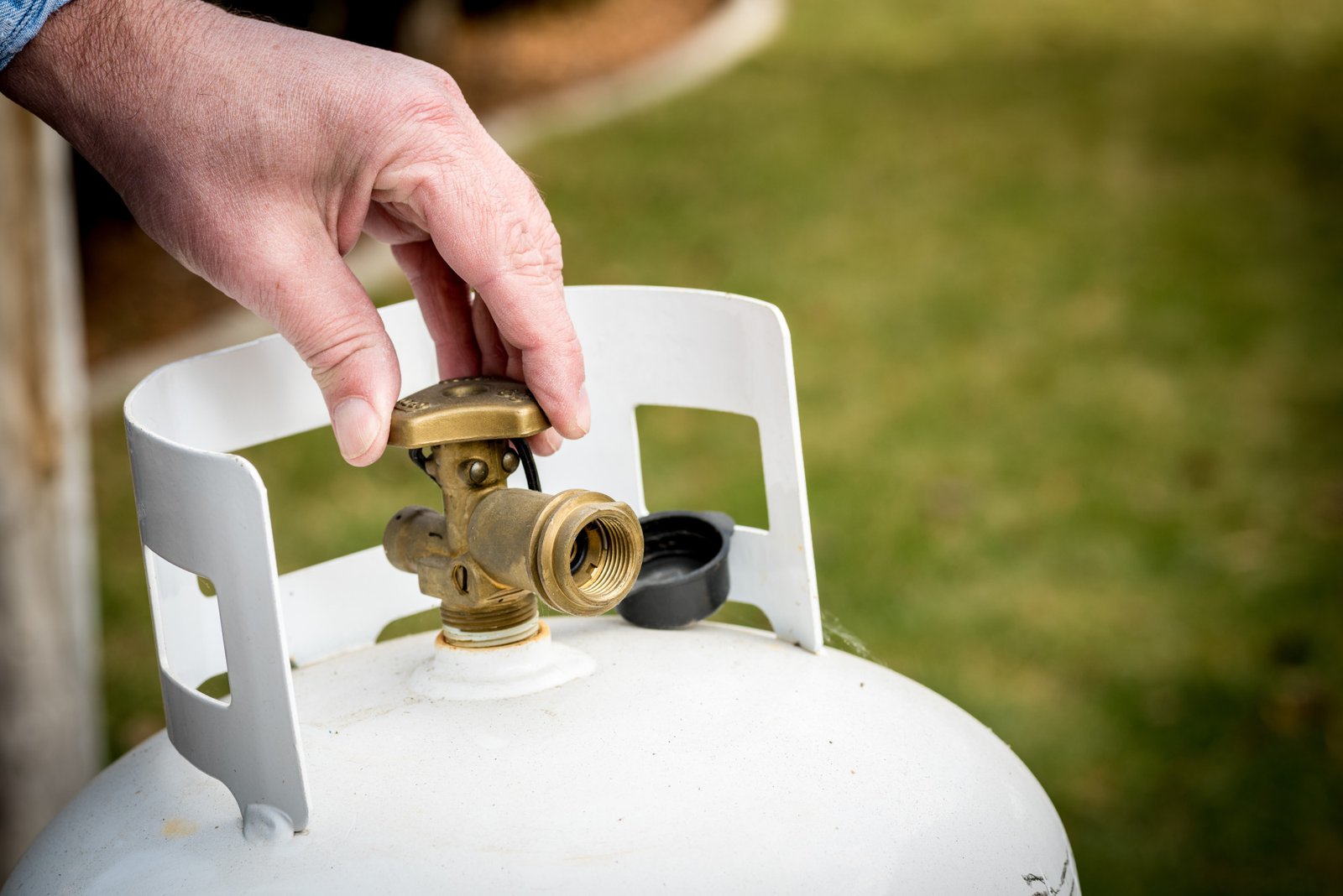Table of Contents
Is your propane grill starting to feel a little too small? Are you running out of propane and having to run inside to refill the tank? If so, it might be time to convert your grill over to natural gas.
Converting your grill over is a simple process, but there are a few things you need to know before getting started. In this post, we’ll outline the steps on how to convert a propane grill to natural gas and share some tips on how to do it the right way. Let’s get started!
What You Need to Know Before Converting
Before converting your home to propane, it’s important to understand what propane is and how it works. Propane is a hydrocarbon gas that is derived from petroleum. It is odorless, colorless, and non-toxic. Its stored in tanks and then delivered to homes and businesses as needed.
When propane is heated, it expands and becomes a vapor. This vapor then returns to a liquid state when it cools down.
Converting your home to propane is a big decision. However, understanding how propane works can help you make an informed decision about whether or not converting is right for you.
The Steps Involved in the Conversion Process
Converting a propane gas grill to natural gas is a simple process that can be completed in just a few minutes. First, remove the propane tank from the grill. Next, disconnect the regulator and hose from the tank and set them aside.
Then, using a screwdriver, remove the orifice from the burner. Once the orifice is removed, you will need to measure and cut a new one to fit the natural gas line.
Finally, reattach the regulator and hose to the natural gas line and replace the orifice in the burner. With just a few simple steps, you can easily convert your propane gas grill to natural gas.
How to Test Your Grill After the Conversion Is Complete
Propane is normally stored in liquid form, while natural gas is stored as a compressed gas. Propane grills typically have regulators that reduce the pressure of the fuel before it enters the burners, but natural gas lines typically operate at much higher pressures.
As a result, it is important to make sure that your grill is properly equipped to handle the increased pressure of natural gas before making the conversion. The best way to test your grill is to turn on all of the burners and let them run for several minutes.
If the grill operates normally, then you can be confident that the conversion was successful. However, if you experience any problems with your grill after converting it to natural gas, you should contact a qualified technician for assistance.
For more helpful info on installation and maintenance, check out the highlighted link.
Understanding How to Convert a Propane Grill to Natural Gas
Now that you know more about how to convert a propane grill to natural gas, you can decide if this is the right route for you. If you do convert your grill, be sure to follow all the steps and safety precautions we outlined so that everything goes smoothly.
To read more content like this, check out our other blog posts. Have a great day!

